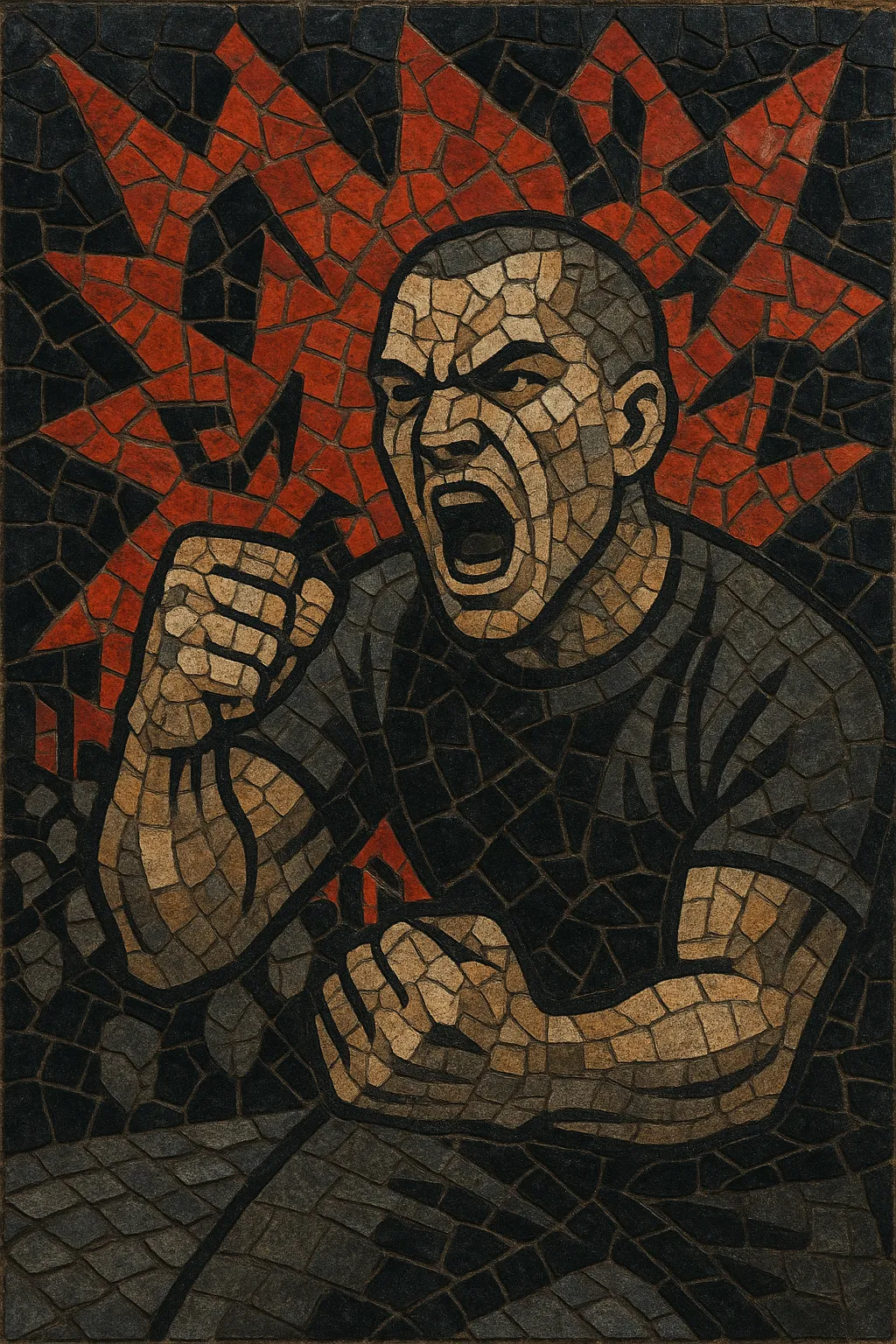
New York hardcore (NYHC) is a regional strain of hardcore punk born in New York City that hardened the style’s speed, street-tough attitude, and gang-vocal immediacy.
It is characterized by short, fast songs; barked, highly rhythmic vocals; two-step and D‑beat grooves that pivot into crushing halftime breakdowns; and lyrics about street life, unity, PMA (Positive Mental Attitude), straight edge, and social struggle. Compared to earlier U.S. hardcore, NYHC emphasized heavier guitar tones, tighter syncopation, and crowd‑participation moments designed for mosh pits.
The scene coalesced around venues like CBGB and A7, combining Lower East Side punk grit with elements of metal and, later, hip hop. Its impact radiated globally, seeding youth‑crew straight edge, crossover thrash, metalcore, and rapcore.
New York hardcore emerged in the early 1980s from the Lower East Side and outer boroughs, crystallizing around DIY shows at CBGB’s Sunday matinees, A7, and later the Pyramid Club. Early NYHC bands accelerated punk’s velocity while adding a grittier, street‑level toughness and gang‑vocal energy that invited crowd interaction. This period established the core sonic template: rapid verses, shouted refrains, and sudden halftime breakdowns tailored to the pit.
By the mid‑1980s, a youth‑crew wave—rooted in straight edge ideals and PMA—brought tighter musicianship and clean‑cut aesthetics. Bands emphasized community, discipline, and personal empowerment, while doubling down on blistering tempos and call‑and‑response choruses. This era cemented NYHC’s visual and lyrical identity and spread the sound beyond New York via touring and influential indie labels.
As the scene matured, NYHC absorbed thrash‑metal riffing and thicker guitar tones, contributing to the rise of crossover thrash and, soon after, metalcore. In the early 1990s, certain bands integrated hip‑hop rhythms, cadences, and aesthetics—without abandoning hardcore’s core urgency—helping catalyze rapcore. Throughout, breakdowns became more prominent, and song structures balanced speed with weight.
NYHC underwent periodic revivals and continued lineage through new bands, reissues, and festivals. Its trademarks—two‑step beats, gang vocals, and mosh‑centric breakdowns—remain foundational in contemporary hardcore worldwide. The scene’s community ethos, DIY infrastructure, and genre‑hybrid openness continue to influence metalcore, straight‑edge movements, and many regional hardcore offshoots.

